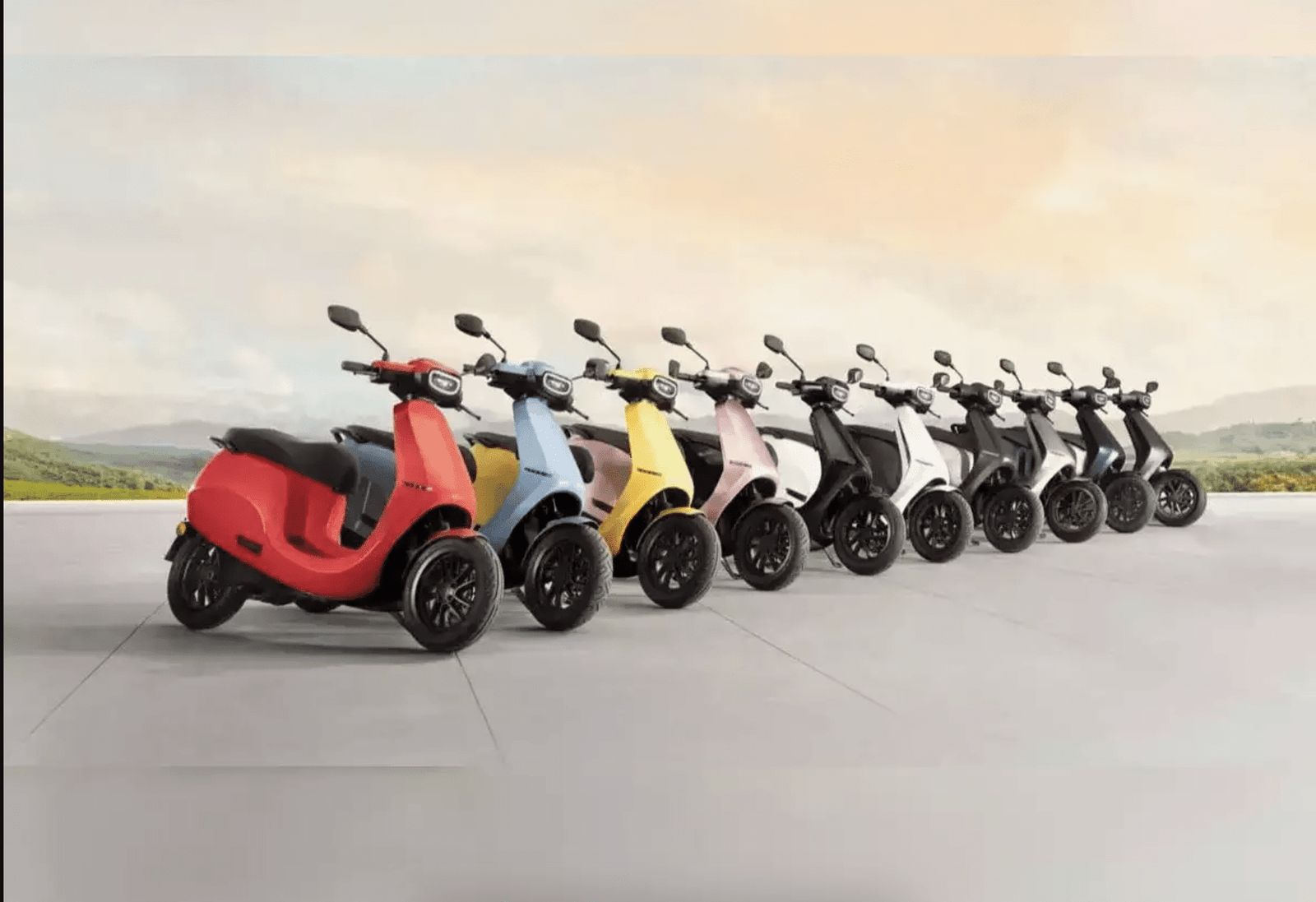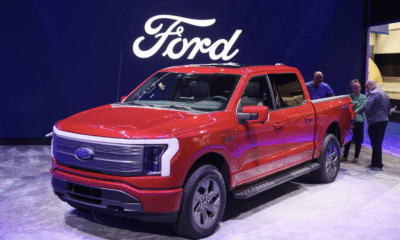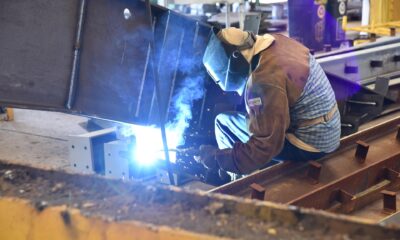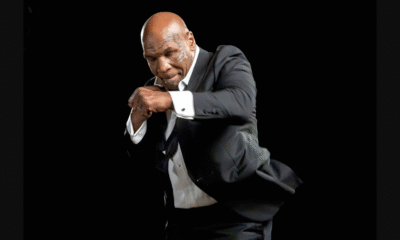Auto
Ola Electric Mobility Shares Fall 43% while growing poor service claims
Ola Electric Mobility Ltd., once a shining star in India’s electric vehicle (EV) sector, has seen a significant decline in its stock value. After its promising debut on the stock market in August 2024, where shares were listed at ₹76, the stock quickly doubled to reach a peak of ₹157.4. However, in the recent trading sessions, the stock has declined sharply, now down 43% from its post-listing peak, with shares currently trading at ₹90.76.
Market Share Erosion
Ola Electric has been facing increasing competition from established players in the two-wheeler market, like Bajaj Auto and TVS Motor. Data from the Ministry of Road Transport and Highways’ VAHAN portal highlights that Ola’s market share has dropped from 52% in April 2024 to 27% by September. Meanwhile, Bajaj Auto and TVS Motor have capitalized on this decline, increasing their market shares from 12% to around 20% in the same period. Both companies have accelerated their efforts to capture a larger slice of the growing EV market, which has pressured Ola’s dominance.
Ola Electric recently introduced its “BOSS Sale,” offering festive discounts of up to ₹40,000 to counteract the market share loss. It also launched its new, more affordable S1 X scooter series, starting at ₹49,999, to attract a broader customer base. Despite these moves, the company’s ability to maintain its competitive edge remains in question, particularly as established players ramp up their offerings in the EV sector.
Quality and Poor Service Claims
Ola Electric has also been embroiled in a social media controversy regarding its after-sales service. The issue gained public attention after a tweet by comedian Kunal Kamra criticized the company’s service, which sparked widespread discussion online. Ola’s founder, Bhavish Aggarwal, responded, but the exchange led to further customer complaints being aired on social media platforms.
So you can’t offer a 100 percent refund to people who have purchased your OLA in the last 4 months who are genuine customers…
But you want to pay me who’s not a costumer.let me give you other options.
Can you do 85 percent refund for 1/ 2 months?
Can you do 75 percent… https://t.co/iYyHFAOmz3
— Kunal Kamra (@kunalkamra88) October 6, 2024
Poor service quality has been highlighted as a critical area for improvement, especially with the company planning to launch electric motorcycles soon. Brokerage firm HSBC also emphasized the importance of resolving these service issues in a September 26, 2024 report. HSBC still maintains a “buy” rating for Ola Electric, with a price target of ₹140, reflecting optimism about its long-term potential despite short-term challenges.
Future
Ola Electric’s ₹6,145 crore Initial Public Offering (IPO) was a massive success, being subscribed 4.4 times. However, the recent stock performance has raised concerns about the company’s growth trajectory. Ola’s ability to maintain its leadership in India’s EV market will depend on addressing service issues, improving customer satisfaction, and sustaining competitive pricing in an increasingly crowded sector. With major auto players like Bajaj and TVS rapidly expanding their EV portfolios, Ola’s path forward will require robust strategic moves to regain market share.
As shares edge closer to their IPO price of ₹76, market participants will closely watch Ola’s upcoming product launches and its ability to turn the tide in its favour.









































Pingback: Ola Electric Festive Season with 34% Market Share, Service Issues